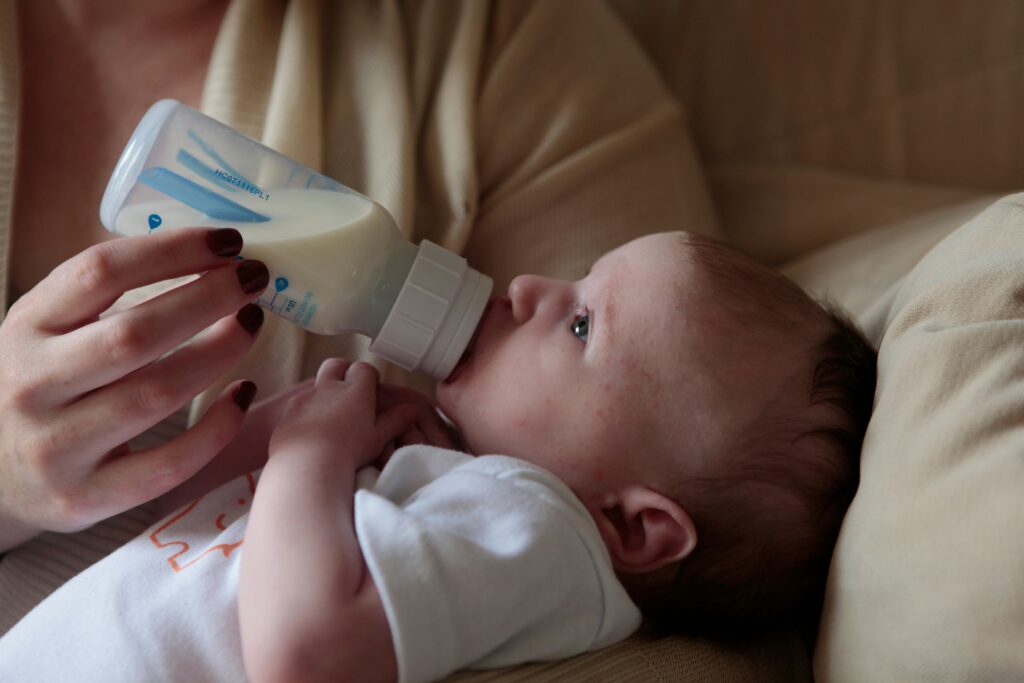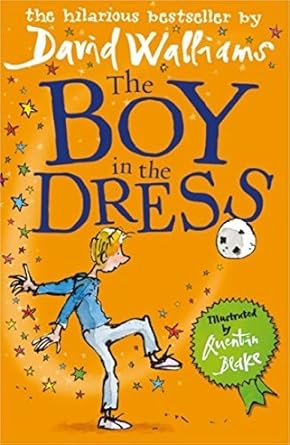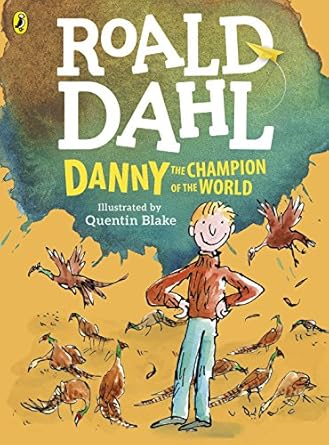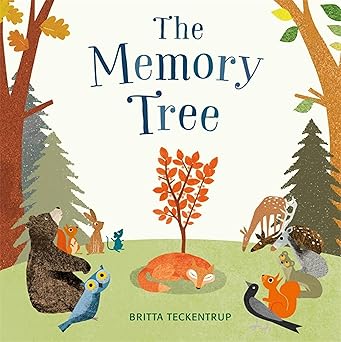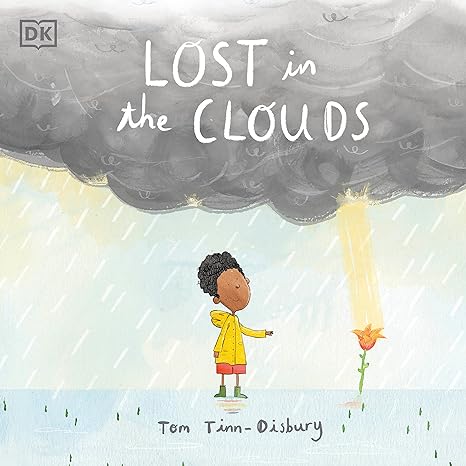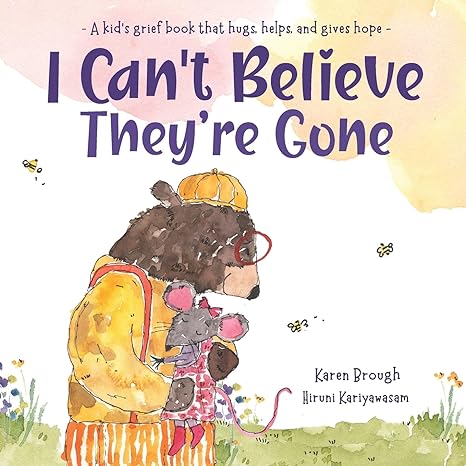How to Survive Children’s Birthday Parties
If I had heard people talking about how to survive children’s birthday parties before I was a mother, I would have thought them miserable.
What could be more lovely than children’s birthday parties? Who asks how to survive something so joyful?
You may find the first few parties are indeed wonderful. They are too young to have friends, so the guest list consists of your friends and family. All your favourite people come and enjoy the cuteness of your toddler.
The dynamic changes, however, when a child starts school.
Now your child has friends, so the guest list includes a lot more little people, along with parents you don’t know. There will be children who don’t know how to behave kindly or struggle to do so. There will be parents who are likewise afflicted.
If it isn’t your party, or if you are catering to please the little people, there will likely be sugar. When sugar mixes with excited children the result is the same as when you put a mint into cola. That is, explosive and messy.
Then there are gifts. Buying gifts for children you don’t know is difficult. Receiving gifts for your child isn’t always fun either. Even if they aren’t gifted glitter or slime-making kits, you have to make room for new toys, some of which you know they will never play with.
So are children’s birthday parties just something we have to survive, or can we find ways to make them fun, or at least peaceful?
How to survive children’s parties as a guest
As a guest, there is less pressure on you. At the very worst it is a few hours sitting in a noisy room, making nice to other parents.
Here are a few tips to help you, when your child starts getting invited to parties.
Gifts
The truth is, it is okay not to spend a fortune on gifts. If you are struggling financially don’t feel pressured to pay out silly amounts. Especially as there are likely to be multiple parties over the year. A fiver in a card is plenty.
If you do want to get gifts rather than cash, it is sometimes worth having a go-to gift for each year, that you buy for every party. That way you only have to think about it once, and all other parties you have a gift idea ready.
My favourite go-to gift was a pocket microscope. However, you can tailor it to your child’s age and the common interests in their group.
Behaviour
As we have already discussed, excitement and sugar can be a dangerous combination. A lot of birthday parties are awash with both. Even if your child is normally well-behaved, they may struggle to make the right choices amid the hullaballoo of a party.
Of course, children are still learning, and messy moments cannot be avoided. To give your child the best chance of making good choices, remind them of behaviour expectations.
Talk to them about food choices, too. It isn’t easy when there is an array of sugar and other children are just dabbing in. A little moderation and some balancing out with savoury can help your child avoid a big sugar high and low.
Can I drop and run?
It is a beautiful thing, when children are old enough to have drop-off parties. However, there will often be times when you aren’t sure if it’s drop-off or if parents are expected to stay. The safest option is always to expect to stay unless it is specifically stated that the party is drop-off, or unless there is a pickup time indicated. If the invite just has the time the party ends plan to stay.
If you are able, offer to help the parent who is hosting. Extra hands to cut cakes, pour juice or dole out party bags are often welcome. As well as modelling kindness to your child, when you help you get to know other parents a little more.
Can I bring a sibling?
Not every parent has childcare to fall back on. For those with multiple children, this can make taking one to a party difficult.
If you need to bring a sibling, ask the hosting parent in advance, and be sure to offer to pay for any costs, or be clear that your other child will be sat to the side watching.
If your child isn’t invited
It is hard to stand in line and watch a child handing out invites pass over your child. It is harder when the child hosting the party is someone your child counts as a friend. I have been there. It pulls a little at your heartstrings when you see the disappointment in your child’s face.
If you struggled socially when you were little it can cut a little deeper. You might relive the times that you were left out when you were a child, and begin to fear you have that your child will go through the same pain.
The thing is, parenting isn’t about shielding your child from difficult moments. Rather it is about helping them cope with them. Children are constantly learning. Use moments like this to help them learn things that are healthy and true.
When your child isn’t invited, let them feel sad. Remind them that everyone is left out sometimes and that is ok. Things aren’t always fair. Keep teaching them to be kind and true to who they are. Most of all trust that they will develop resilience and perspective in time. For these traits to develop it is important they experience rejection at some point.
It’s ok to say no
If your child is in a class where everyone gets invited to every party, it is okay to say no occasionally. You do not need an excuse to say “no.” The need for downtime, self-care, and time at home is real. If you go to 20 children’s birthday parties within a year, it will become about how to survive rather than having fun.
How to survive children’s parties as a host
Planning children’s parties can be fun, but a little stressful at times. Let’s look at a few ways that you can survive children’s birthday parties as a host.
Does it need to be a party?
In the first few years of school, there will be lots of children’s birthday parties for your child to enjoy, and you to survive. Naturally, your child will likely want one too. However, older children are often just as happy doing something fun with their best friends. When there are just a few children to cater for there are so many more activities that you can do, and even with a fancier activity, the price will go down.
It may be worth offering them the choice between a party and a few different activities that you know they would like with one or two friends.
Guest list
Some schools require you to invite the whole class, but if you have the freedom to invite less be kind. Inviting nearly the whole class and leaving out two or three children can cause a lot of hurt for those few left out.
If you are planning a larger party but don’t want to invite everyone, perhaps stick to the children that your child often plays with so there is a natural cutoff.
It is perfectly fine to mix worlds if your child has friends from school, clubs and beyond. Most children are naturally sociable, and love making new friends.
Sending out invitations
Sometimes your only option is to hand out invitations in the class line. It can be worth checking with the class teacher however, as sometimes they are willing to pop invitations into bags for you.
Include an RSVP by date, your details and any requirements that the venue may have.
Since you will probably send the invites out a few weeks in advance, a text the week before checking for any dietary requirements can remind any parents who might have forgotten about the party.
Gift Bags
There are so many fun and original alternatives to cheap plastic toys and sweets for gift bags.
Here are a few ideas:
- Quiet night in theme, with silly socks (from a multipack to keep it to budget), a book and a hot chocolate sachet.
- Ask your child to make a beaded friendship bracelet with each friends name and put it in a little bag with lip gloss and a little hand cream.
- Soft toy adoption- get little teddies or other cuddles for each child with adoption certificates.
- Check out websites where you can buy books in bulk on a budget and wrap one up for each child with their name on it
- Buy each child something to take home and personalise. There are a lot of options out there. Make your own mug kit; build a birdhouse kit etc.
- Find pretty pots and packs of seeds for the children to grow their own flowers at home
Uninvited guests
Whilst it is a good idea to have a spare party bag in case someone forgets to RSVP, you do not need to cater for any uninvited siblings who show up. If you can afford it and you choose to, that is kind, but if your budget doesn’t allow it, it isn’t your responsibility.
You do not have to be confrontational, just be clear. “I’ve prebooked the party children, but if Sally’s sister wants to play too, you can book her in over there. There should be menus too, if you want to order her some food.”
Or, if there isn’t the option to add on children, “I’m afraid the venue is pre-book only, but it will be lovely having Sally’s sister hanging out with us grown-ups today.”
Catering
There are venues that will cater for you, which can take a lot of the pressure off you. Most venues will cater to dietary requirements also.
If you are catering, here are a few options:
- Put out rolls and fillings, along with a few bits to go on the side and let the children make their own sandwich. This is better for older children, who can do more independently.
- Order in pizza. Sometimes simple.
- To reduce waste, make snack boxes. List sandwich fillings on the invite for guests to choose ahead, and make a box for each child with a sandwich, and a few other snacks.
- Make your own pizza. I know, I have listed pizza twice. Pizza is usually popular, and easy to prep. If you are hosting the party at home, prep some pizza bases and let the children add sauce, cheese and topping. Remember to write the child’s name on the baking parchment next to their creation. You will probably have to bake in batches and use foil to keep warm.
- Prep a few different types of pasta and a few different sauces and let the children fill their bowls with their favourites. Although this can be fun, it does require cooking during the party so you might want helpers if you are going this way. Be sure to drizzle the plain pastas with a little bit of olive oil to stop them sticking.
- Roast vegetable salad bar. Just joking. If you get 20 six-year-olds to eat a roast vegetable salad, you are my hero.
Just make sure that you label any allergens clearly if you have a child with dietary requirements.
Depending on budget, you might want to lay out a few snacks and drinks for the adults too, but you don’t have to.
Cake
If you enjoy baking, making your child’s birthday cake can be so much fun, but don’t ever feel guilty if you aren’t able to.
An easier option is to buy a store-bought cake and then personalise it with your own toppings. This could be adding your child’s favourite candy, or using toy figurines to make it themed.
If you are on a tight time limit, cutting and wrapping up cake slices may be difficult. Another option is to pre-wrap cupcakes and take the main cake home as is.
Gifts
I would advise against opening gifts at a party. Firstly, because children can be candid in their reactions. If they love one gift and dislike another they may not be as subtle as we would hope. Secondly, there is the possibility that other children will try to play with their new toys which can lead to tears.
It is safer by far to open gifts after the party, and then either text thank yous, or videos of your child saying thank you to the givers.
If you are hosting the party at a venue be sure to take bags to carry gifts home in.
Final note
There will be a certain amount of stress associated with children’s birthday parties, but you can do more than survive, you can have fun. Or at least enjoy watching your child have fun.
